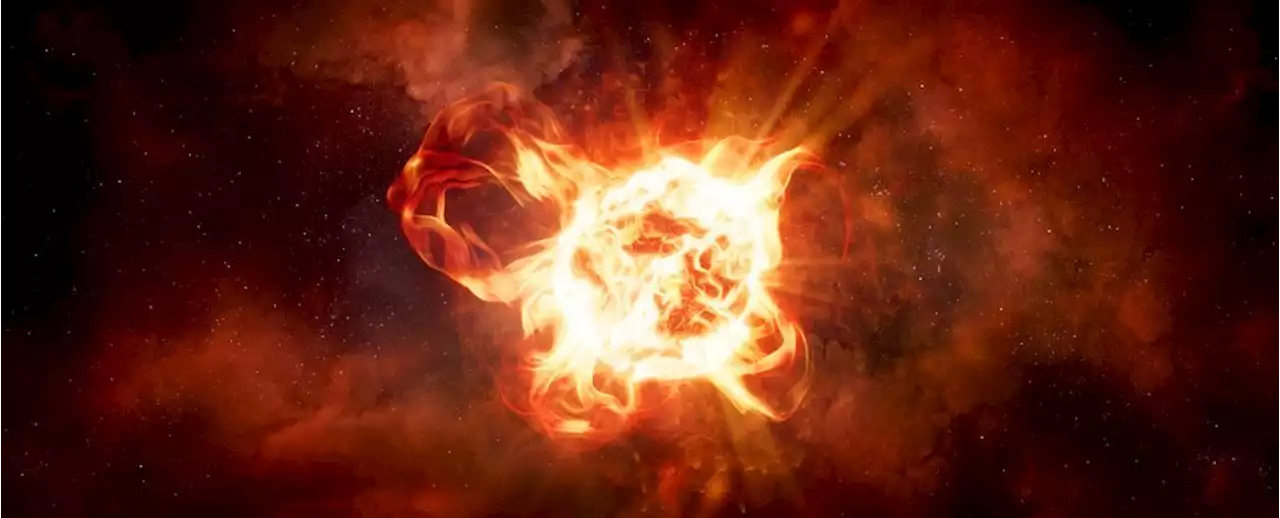Gaia's extremely precise location measurements of over a billion stars could help detect rogue black holes passing near them. If there are any, anyway - by AndyTomaswick
Recent Fraser video discussing the discovery of the mass of the first rogue black hole.
The first paper looked at how scientists could use Gaia’s data to pick up on signatures of those dark companions. The second focused on whether the data contains hints of very long binary orbital relationships with orbital periods that outlast the observational timeline. Both of those studies point to valid analyses that someone will undoubtedly undertake now that the Gaia data is released. However, they don’t address what is potentially the most interesting of all dark companions – black holes.
Estimates put the number of black holes in the Milky Way at between 10 million and 1 billion, between .01% and 1% of the probable total number of stars in the galaxy. But most of these are only the size of a star and extremely hard to detect using conventional data. Their pull might just be noticeable in Gaia’s data set, though.
Gaia itself collects astrometry data, which detects the position, motions, and magnitudes of stars. Any interaction, however fleeting, with a black hole, could potentially affect any of these metrics. It’s just a matter of understanding what to look for.That might not be so easy, as the complex math and “extreme assumptions” that the Andrews papers details make clear. He notes that about 300,000 stars in Gaia’s catalog are exhibiting acceleration events.
But that doesn’t mean it isn’t possible to detect any such interaction with Gaia. In fact, Andrews believes that it is possible, with some more assumptions about how the galaxy itself is structured. A rogue black hole transiently interacting with a luminous star is just a rare event that most likely Gaia didn’t capture it during its observational period.
France Dernières Nouvelles, France Actualités
Similar News:Vous pouvez également lire des articles d'actualité similaires à celui-ci que nous avons collectés auprès d'autres sources d'information.
 'Rogue black holes' might be neither 'rogue' nor 'black holes'Millions of invisible black holes float freely around our galaxy. Now astronomers think they can spot them.
'Rogue black holes' might be neither 'rogue' nor 'black holes'Millions of invisible black holes float freely around our galaxy. Now astronomers think they can spot them.
Lire la suite »
 We Could Discover new Kinds of Particles Around Black Holes Through Gravitational WavesWe Could Discover new Kinds of Particles Around Black Holes Through Gravitational Waves universetoday storybywill
We Could Discover new Kinds of Particles Around Black Holes Through Gravitational WavesWe Could Discover new Kinds of Particles Around Black Holes Through Gravitational Waves universetoday storybywill
Lire la suite »
 The Largest Star in The Milky Way Is Slowly Dying, And Astronomers Are WatchingThree-dimensional models of astronomical objects can be ridiculously complex. They can range from black holes that light doesn't even escape to the literal size of the Universe and everything in between.
The Largest Star in The Milky Way Is Slowly Dying, And Astronomers Are WatchingThree-dimensional models of astronomical objects can be ridiculously complex. They can range from black holes that light doesn't even escape to the literal size of the Universe and everything in between.
Lire la suite »
 Voids Made by Dying Stars Have Been Detected in Our Galaxy's Interstellar GasIt often feels like when people die, they leave a void behind. In the case of massive stars, that happens to be physically true.
Voids Made by Dying Stars Have Been Detected in Our Galaxy's Interstellar GasIt often feels like when people die, they leave a void behind. In the case of massive stars, that happens to be physically true.
Lire la suite »
 Sienna Miller Is Still All the Festival Style Inspiration You NeedSienna Miller returns to Glastonbury with a more modern approach to festival dressing.
Sienna Miller Is Still All the Festival Style Inspiration You NeedSienna Miller returns to Glastonbury with a more modern approach to festival dressing.
Lire la suite »
